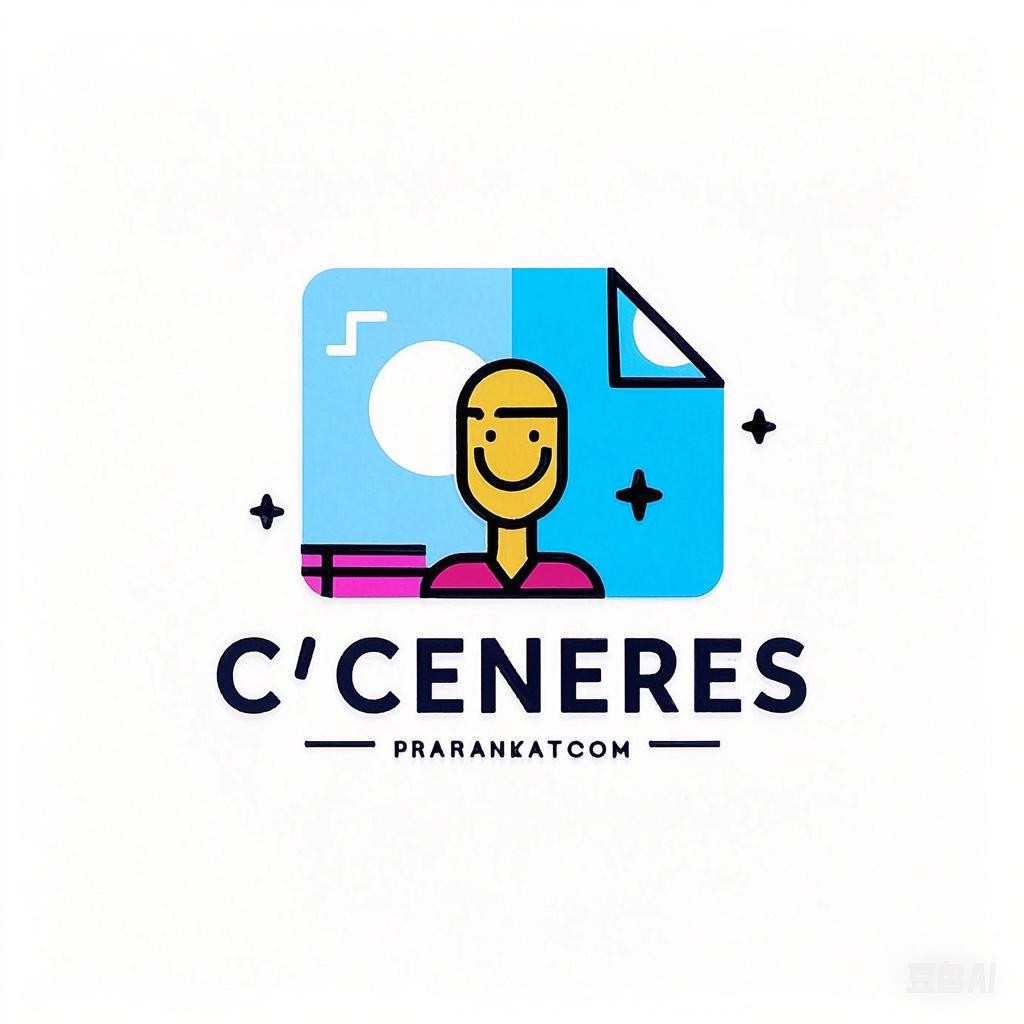English education has long been a cornerstone of global education systems, yet traditional teaching methods have often fallen short in engaging students and fostering a deep understanding of the language. The integration of captivating visual tools into English education has the potential to revolutionize the learning experience, making it more interactive, engaging, and effective. This article explores the latest visual tools that are being unveiled and their impact on English education.
The Importance of Visual Tools in English Education
Visual tools play a crucial role in English education by providing students with a multi-sensory learning experience. These tools can help overcome language barriers, enhance comprehension, and make learning more enjoyable. Here are some key reasons why visual tools are essential in English education:
- Enhanced Comprehension: Visual aids such as images, videos, and diagrams can help students grasp complex concepts more easily.
- Increased Engagement: Interactive and visually appealing tools can capture students’ attention and motivate them to learn.
- Language Development: Visual tools can be used to teach vocabulary, grammar, and other language skills in a more engaging manner.
- Cognitive Development: The use of visual tools can stimulate cognitive development, particularly in younger learners.
Latest Visual Tools Unveiled
1. Interactive eBooks
Interactive eBooks are digital books that incorporate multimedia elements such as videos, audio, and quizzes. These books can be used to teach a wide range of English language skills, from reading comprehension to vocabulary building. Some popular examples include:
- Oxford Reading Tree: This series of interactive eBooks features engaging stories and activities that help students develop their reading skills.
- Scholastic Storia: This app offers a vast collection of interactive eBooks for children, with features like word prediction and audio support.
2. Augmented Reality (AR) Apps
AR apps use smartphone cameras to overlay digital content onto the real world. This technology can be used to create immersive learning experiences in English education. Some notable AR apps include:
- AR Story: This app turns physical books into interactive stories, allowing students to explore new worlds and characters.
- AR English Dictionary: This app provides real-time translations and definitions of words, making it easier for students to learn new vocabulary.
3. Gamified Learning Platforms
Gamified learning platforms use game mechanics to make learning more engaging and fun. These platforms often incorporate elements such as points, badges, and leaderboards to motivate students. Some popular gamified learning platforms for English education include:
- Duolingo: This language learning app uses gamification to teach English vocabulary, grammar, and pronunciation.
- Rosetta Stone: This app combines gamified learning with immersive language experiences to help students master English.
4. Digital Storytelling Tools
Digital storytelling tools allow students to create their own stories using text, images, and audio. These tools can help students develop their writing skills and express their creativity. Some popular digital storytelling tools include:
- Storybird: This platform enables students to create illustrated stories by pairing their text with images.
- Adobe Spark: This app allows students to create engaging multimedia stories, presentations, and videos.
The Impact of Visual Tools on English Education
The integration of visual tools into English education has several benefits:
- Improved Learning Outcomes: Studies have shown that students who use visual tools in their learning tend to perform better than those who rely on traditional methods.
- Increased Accessibility: Visual tools can make learning more accessible to students with disabilities, such as those with visual impairments or dyslexia.
- Enhanced Collaboration: Many visual tools allow students to collaborate on projects, fostering teamwork and communication skills.
Conclusion
The unveiling of captivating visual tools has the potential to revolutionize English education, making it more engaging, effective, and accessible. By incorporating these tools into their teaching practices, educators can help students develop a deeper understanding of the English language and become more proficient communicators. As technology continues to evolve, it is essential for educators to stay informed about the latest visual tools and integrate them into their teaching to create a more dynamic and enriching learning experience.
